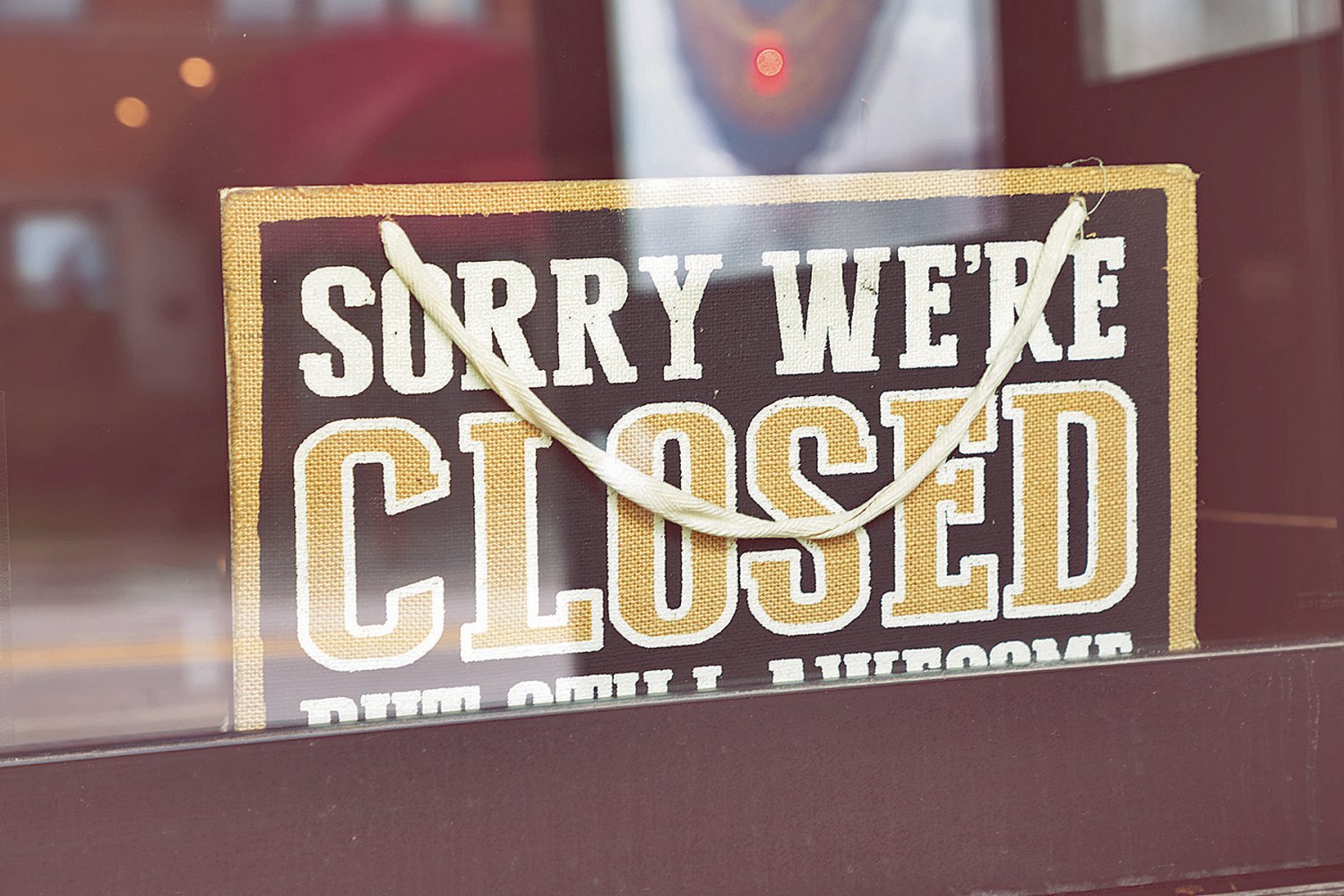Many businesses are worth a lot less now than they were just months ago, and not just because of decreased earnings and increased debt load due to the COVID-19-induced recession, though that is significant.
Businesses are fragile. In an April U.S. Chamber of Commerce survey, 22 percent of businesses said they were within two months of closing.
According to the Market Pulse Report, 45 percent of business transactions have been delayed because, in part, the companies that were going to be acquired are worth less now than they were before the pandemic. The values of private companies are lower not just because of the recession, but because management didn’t show enough flexibility during the crisis.
Transactions also fell after the financial crisis of 2009 as buyers evaluated management performance and whether a business simply rode the economy down and hoped for a turnaround, or if they were proactive.
Judd used to own a light-industrial company in Adams, making shelving units for stores. Judd sold it in 2014, after first listing it in 2012.
His 2012 revenue approximated what it was in 2007, but it was obvious that the rebound in his sales had more to do with the recovering economy and less to do with Judd’s marketing strategy or changes in the company’s product mix, and that wasn’t attractive to potential buyers.
Considerations
When valuing a business, the state of the economy and the industry are considered, financial performance of the company is scrutinized, intangible assets are reviewed, short-term data is normalized to factor out significant highs or lows and, most importantly, I interview the management to assess the strengths and weaknesses in areas such as planning, sales, leadership, marketing and operations.
Companies that are content with the status quo are worth less than their forward-acting counterparts.
One tenet in valuation work is to expect that the subject company will survive into perpetuity and, in the long term, will grow at least at the rate of the overall economy plus overall inflation, so, about 3 percent.
It is often appropriate to project a higher growth rate in the earlier years then long-term growth assumptions will revert to the averages. However, the impact of COVID-19 has been so severe on some businesses that now we have to reconsider the use of the going-concern assumption.
Will this company be able to withstand two months of lost revenue? Six months? And how has management performed during the recession? Some businesses leaned into the crisis and found an opportunity, some furloughed to reduce costs, and some maintained the status quo and showed no flexibility, leadership or initiative.
When considering the value of your company, there is a value to your management. If management didn’t rise to the challenge, can you really say they added to your value? Or did they subtract?
Lower valuation
Business valuations are performed for many reasons, such as partner disputes, buy-sell agreements and divorces. To minimize estate and gift taxes, you should consider the advantage of your possible lower valuation. For some family-business owners, your lower value creates a unique planning opportunity by allowing you to transfer a larger portion of your business assets and reduce your taxable estate by gifting at lower values using your lifetime exemption, possibly avoiding a taxable event.
Given the uncertainty of the presidential election and what might happen to the estate tax and gift tax exemption levels, time could be of the essence.
If you are valuing your business to list it for sale, time may be a virtue, since you may not like the offers you receive now. Potential buyers are going to look closely at the steps you took to manage cash, how your revenue performed during the shutdown, if your near-term earnings forecast will be challenged and if there are any structural changes to your industry.
If you didn’t deserve a passing grade on those items, you may want to invest a year or more of your time decreasing fixed costs, improving operational flexibility, introducing cloud-based architecture and training employees to attain your best price.
However, you may want to get out sooner and let someone else have a shot at reviving your company. In that case, one way to get your best price is through an “earn-out,” where a portion of the purchase price is deferred and paid as the business meets agreed-upon post-close targets. This method allows the seller to get an upfront payment and receive payments of what could be a truer value of the business over time.
Another way a business owner can get a better price in today’s market is to modify the capital stack to include seller financing to fill the gaps in what the buyer cannot attain.
If you play the role of “bank,” that puts you in a position to ask for a higher price. “Seller-financing” doesn’t mean that you come up with the cash yourself; it’s another form of deferred payments.
For example, when Luisa sold her Amherst-based restaurant to George last month, George paid $225,000 upfront, then agreed to pay Luisa a percentage of the revenues for three years. The use of creative seller-financing allowed Luisa to get more than her asking price in exchange for a longer payout period.
If you intend to try and sell now, you’ll want to document your crisis management in a “COVID-19 reactions binder” to show how your team proved itself during the crisis. Include items such as how you refocused product offerings, reduced overhead, successfully performed services remotely and negotiated payment terms. A business that performed well in a crisis will be worth more.
